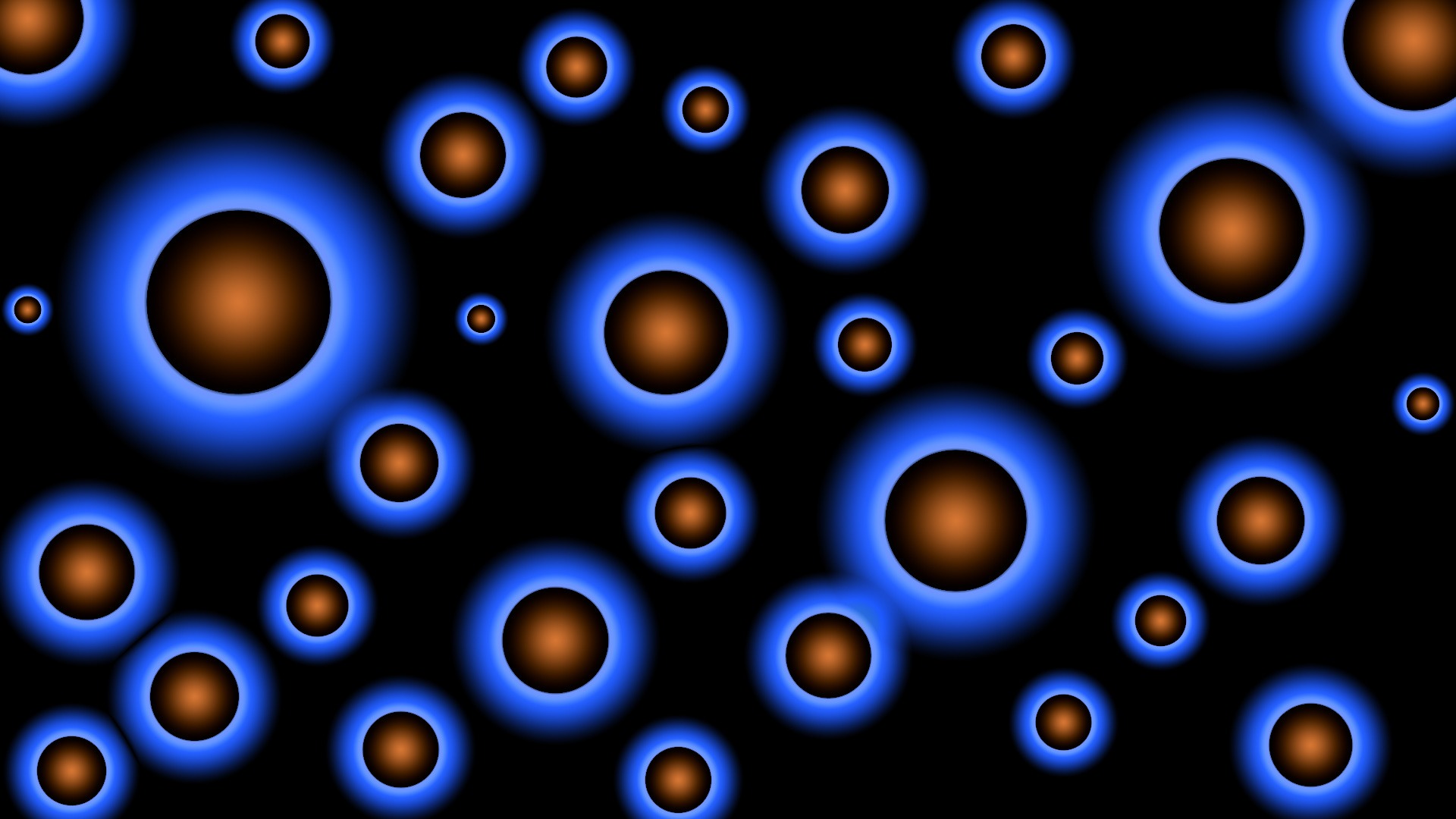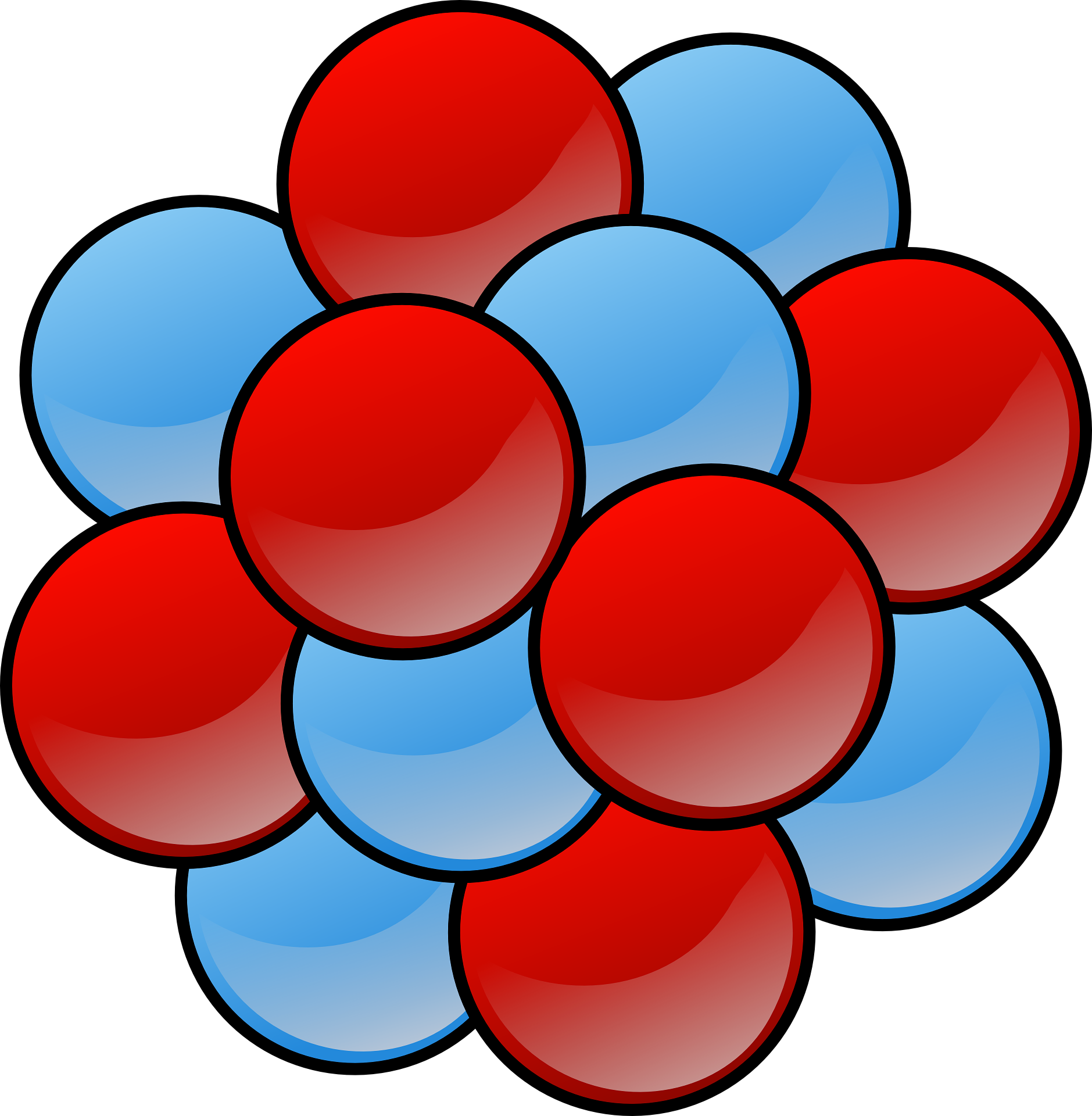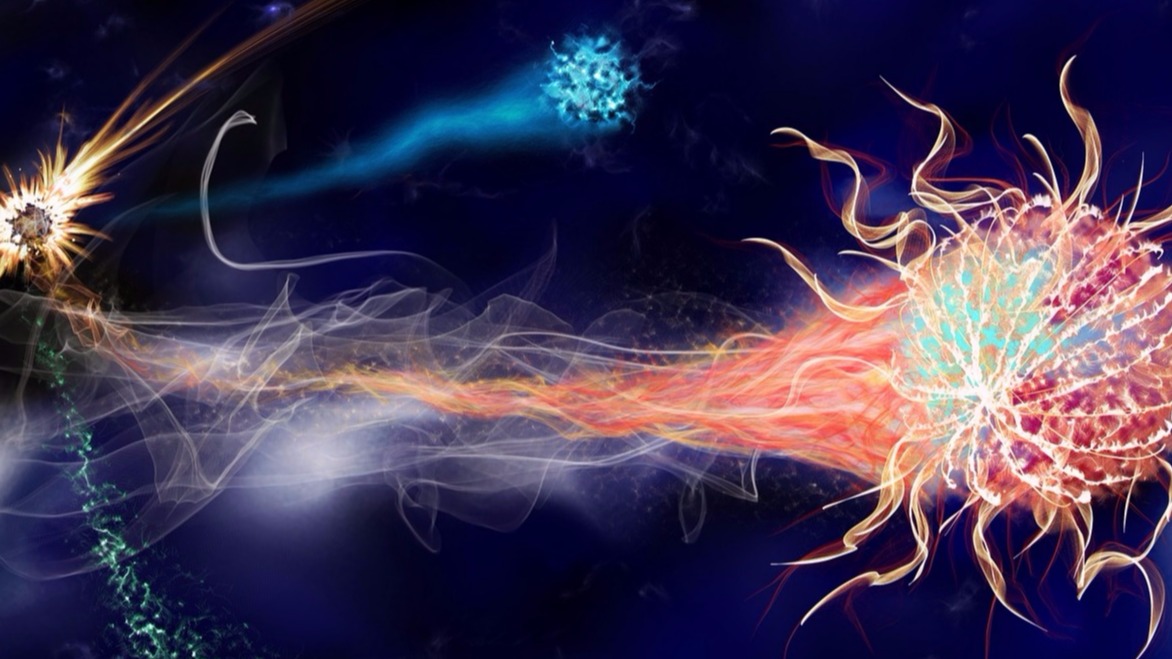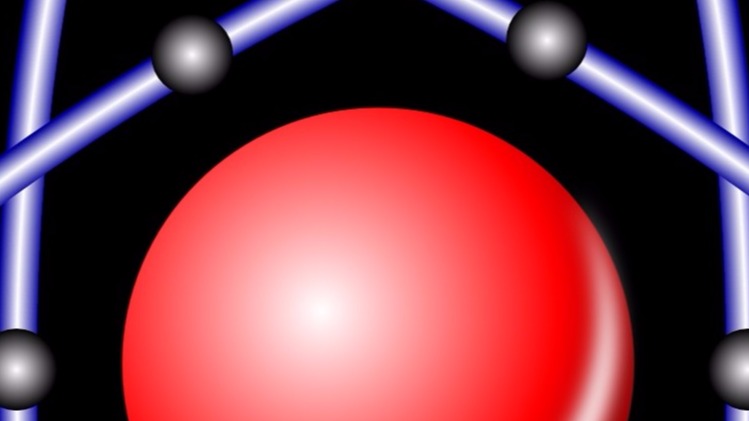Such collisions slow down the neutrons, i.e. they become less energetic, which
(especially thermal neutrons) have an essential ability: to attach to atomic nuclei (neutron capture), whereby an isotope of the atom is created, which has captured a neutron, with a mass number increased by 1.
Many of these isotopes are radioactive. Depending on the half-life of the isotope, ionizing radiation can be released for a very long time after neutron irradiation.
The free state of a neutron always ends after a very short time when it is captured by an atom or another nuclear reaction, which is why a free neutron rarely has a chance to “experience” its radioactive decay.
Above all, Fast neutrons cause damage in living tissue due to the elastic scattering of hydrogen, since they "Recoil protons" are generated, which now have a strong ionizing effect and thus damage tissue.








